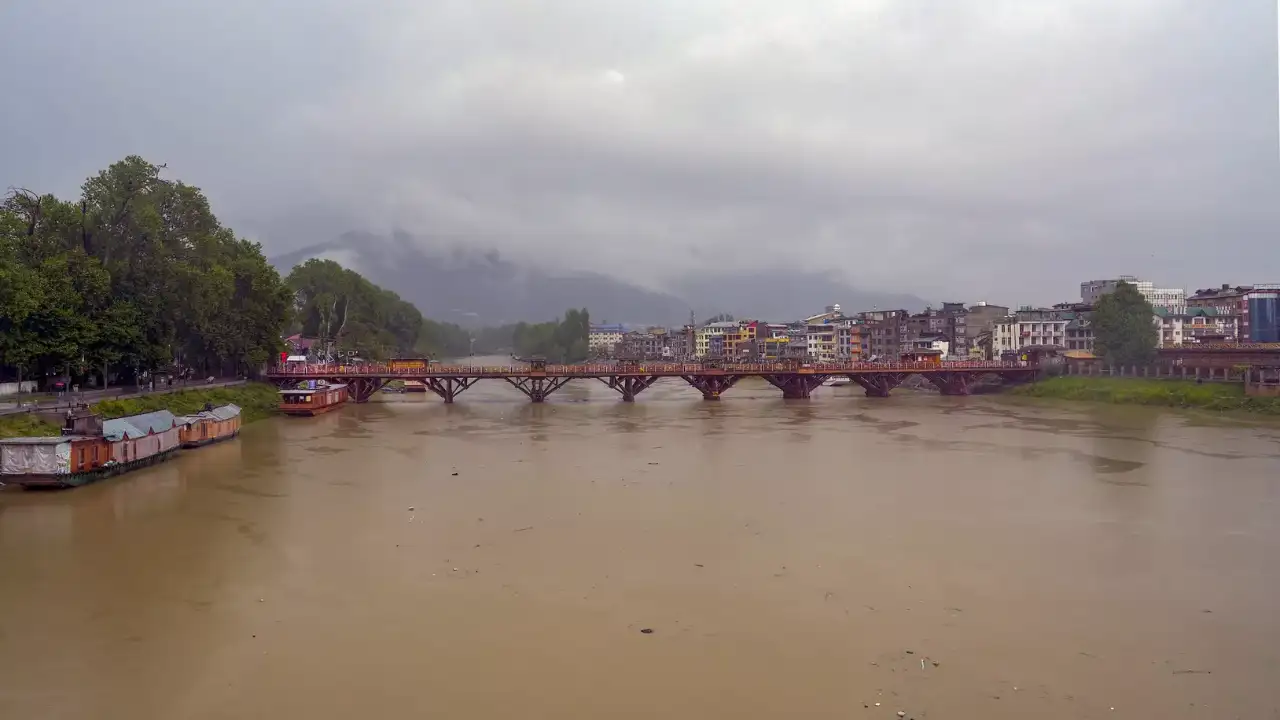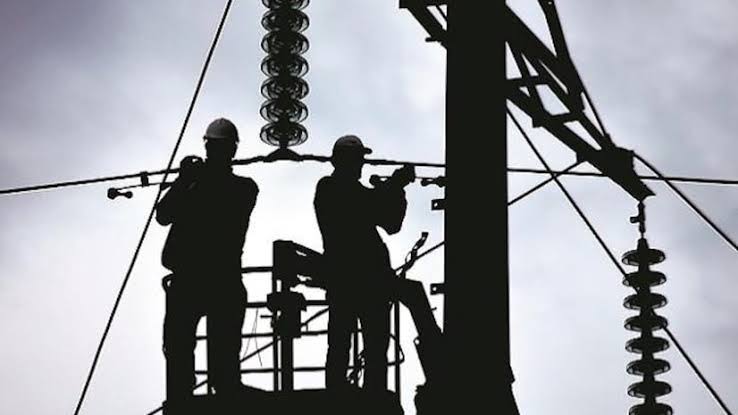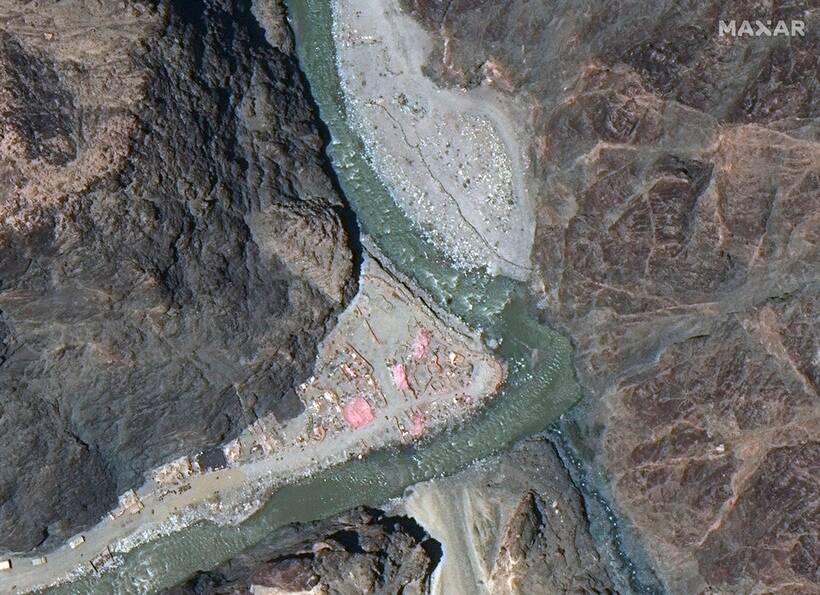A Valley on Edge: Heavy Rain Pushes Kashmir Toward Flood Crisis
By: Javid Amin | 27 Aug 2025
The picturesque Kashmir Valley, often described as “Paradise on Earth,” is once again under the shadow of fear and uncertainty. Relentless rainfall across south and central Kashmir has swelled rivers, streams, and tributaries, pushing them dangerously close to flood levels.
On Wednesday, the Jhelum River — Kashmir’s lifeline — breached the danger mark at the Sangam gauge in Anantnag (23.99 ft against the 21 ft flood level) and crossed the critical threshold at Ram Munshi Bagh in Srinagar, triggering flood alerts across the Valley. Although officials later confirmed a slight receding trend at Sangam, the scare has reopened deep wounds from the nightmarish 2014 floods that devastated Srinagar and surrounding districts.
Key Flood-Hit Areas
-
Anantnag District: Declared a flood zone after Jhelum crossed danger mark.
-
Srinagar City: Waterlogging in low-lying localities like Rajbagh, Jawahar Nagar, Bemina, and Hazratbal.
-
Pulwama & Kulgam: Streams and nallahs overflowing, disrupting rural communities.
-
Shopian & Baramulla: Reports of landslides, blocked roads, and washed-out culverts.
How the Situation Unfolded
Between Tuesday morning and Wednesday morning, the south Kashmir belt received nearly 90–100 mm of rainfall, according to the Meteorological Department. This sudden downpour rapidly increased the Jhelum’s volume.
-
At Sangam gauge (Anantnag): Water surged to 23.99 feet (danger mark: 21 ft).
-
During the 2014 floods, this same gauge had recorded a terrifying 34.7 feet — a benchmark that continues to haunt residents.
-
At Ram Munshi Bagh (Srinagar): Water breached the declaration level, prompting evacuation advisories.
Expert Quote: “The positive thing is that rainfall has slowed and weather forecasts suggest dry conditions for the coming days. However, the soil saturation and elevated river levels mean the flood threat is not over yet,” said a senior Meteorological Department official.
Emergency Response & Evacuations
Authorities acted swiftly to contain the crisis.
-
Rescue in Srinagar: Police deployed special teams across waterlogged areas to assist stranded civilians. Boats and vehicles were pressed into service to rescue families trapped in submerged homes.
-
Evacuations in Anantnag: Continuous rainfall forced swift relocation of nomadic families from flood-prone areas. Coordinated efforts by police and civil administration prevented major casualties.
-
Public Alerts: Mobile announcements, radio broadcasts, and loudspeaker warnings were used to update residents of vulnerable areas.
Government Response: Control Rooms, Supplies & Surveillance
To prevent a repeat of 2014, the Jammu & Kashmir administration has activated a proactive disaster management framework.
-
High-Level Meeting: Chaired by Jal Shakti & Forest Minister Javed Ahmed Rana to review preparedness.
-
24/7 Control Rooms: Monitoring gauges at Sangam, Ram Munshi Bagh, and Asham; issuing early warnings.
-
Flood Mitigation Supplies: Adequate sandbags, boats, fuel, and ration stockpiles dispatched to district depots.
-
Surveillance: Vulnerable embankments and bunds in Srinagar, Pampore, and Pulwama under constant watch.
Minister’s Statement: “We are leaving nothing to chance. Our priority is the safety of every citizen, and we have directed round-the-clock monitoring of all vulnerable spots with immediate response teams in place.”
Flashback: The Haunting Memory of 2014
For many residents of Srinagar and Anantnag, the unfolding scenario is a grim reminder of the 2014 Kashmir floods, when the Jhelum crossed 34 ft at Sangam and submerged nearly 80% of Srinagar city.
-
Hospitals, schools, and homes were inundated.
-
Communication and transport collapsed.
-
Thousands lost homes and livelihoods.
That trauma remains etched in the Valley’s collective memory, making today’s alerts deeply personal.
The Climate Change Angle: A Crisis Becoming Frequent
Environmental experts argue that such events are no longer “once-in-a-century disasters.” Instead, they are becoming alarmingly frequent due to climate change.
-
Warming Himalayas: Melting glaciers and erratic snowmelt add to river surges.
-
Shifting Rainfall Patterns: Intense downpours instead of steady seasonal rains overwhelm drainage systems.
-
Urban Expansion: Srinagar’s rapid urbanization has encroached flood plains, reducing natural water absorption zones.
Expert Note: “The Valley must reimagine its flood defense — stronger embankments, wetland restoration, and strict no-construction zones along riverbanks are urgent necessities.”
What Residents Are Urged to Do
Authorities have issued strict advisories for public safety:
-
Avoid riverbanks, nallahs, and unstable slopes.
-
Restrict non-essential travel in flood-prone districts.
-
Keep emergency kits (water, food, medicines, torch) ready.
-
Stay updated through official channels only to avoid panic from fake news.
Rainfall Snapshot (Last 24 Hours)
-
Kathua: 155.6 mm
-
Doda (Bhaderwah): 99.8 mm
-
Jammu: 81.5 mm
-
Katra: 68.8 mm
This intense rainfall pattern across Jammu division has directly worsened the flood situation in south Kashmir.
The Road Ahead
Kashmir stands at a crossroads. On one side lies immediate relief and rescue, and on the other lies the long-term battle against climate-driven disasters. The administration’s swift response is reassuring, but sustainable solutions require:
-
Comprehensive floodplain zoning.
-
Wetland revival projects around Srinagar.
-
Strengthened disaster early-warning systems.
-
Community-based disaster preparedness training.
Bottom-Line: A Valley’s Resilience Tested Again
The current crisis in Kashmir is not just about swollen rivers or inundated homes — it is about a people’s resilience being tested time and again. While the Jhelum continues to flow dangerously, what flows stronger is the spirit of Kashmiris, who, despite haunting memories of 2014, are standing firm and helping each other through yet another trial.
The next few days will be crucial. The Valley is watching the skies, the rivers, and the embankments — hoping the rains give way to calm, and that the shadow of floods passes without tragedy.



